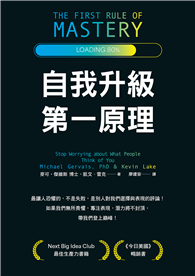In the context of urban globalization, cities face major challenges in managing the spatial duality between the old and the contemporary city.On the one hand, the ancient city is an integral part of urban identity and heritage, embodying the traditional urban fabric and heritage architecture that reflect the values and identity symbols of society. However, this ancient city faces major challenges such as poverty, unemployment and social and economic exclusion, threatening the erosion of its identity and urban heritage.On the other hand, the contemporary city represents the showcase of modernity and progress, characterized by modern buildings and state-of-the-art infrastructures, embodying aspirations for innovation and economic development. Nevertheless, the contemporary city is also bringing about radical changes in lifestyles and societal values, which can give rise to social and cultural tensions.In addition, tensions and contradictions are emerging between the two cities over the use of land and resources, exacerbating social and economic divides.
| FindBook |
有 1 項符合
Urban transformation in the age of globalization的圖書 |
 |
Urban transformation in the age of globalization 作者:El Azizi El Alaoui 出版社:Our Knowledge Publishing 出版日期:2024-07-22 語言:英文 規格:平裝 / 52頁 / 22.86 x 15.24 x 0.3 cm / 普通級/ 初版 |
| 圖書館借閱 |
| 國家圖書館 | 全國圖書書目資訊網 | 國立公共資訊圖書館 | 電子書服務平台 | MetaCat 跨館整合查詢 |
| 臺北市立圖書館 | 新北市立圖書館 | 基隆市公共圖書館 | 桃園市立圖書館 | 新竹縣公共圖書館 |
| 苗栗縣立圖書館 | 臺中市立圖書館 | 彰化縣公共圖書館 | 南投縣文化局 | 雲林縣公共圖書館 |
| 嘉義縣圖書館 | 臺南市立圖書館 | 高雄市立圖書館 | 屏東縣公共圖書館 | 宜蘭縣公共圖書館 |
| 花蓮縣文化局 | 臺東縣文化處 |
|
|
圖書介紹 - 資料來源:博客來 評分:
圖書名稱:Urban transformation in the age of globalization
|










